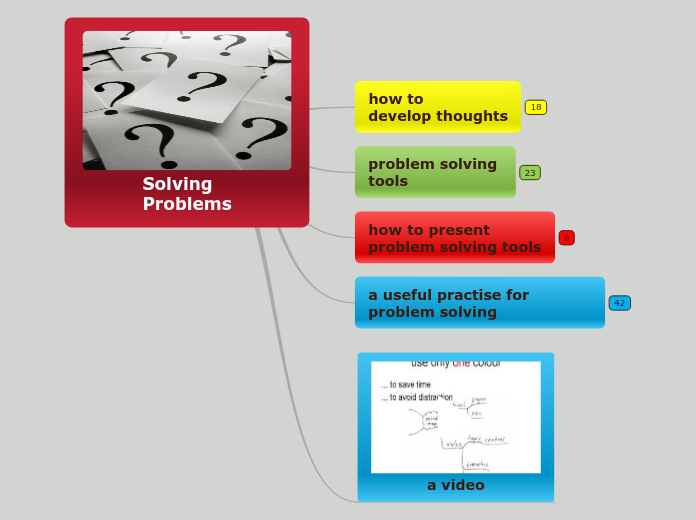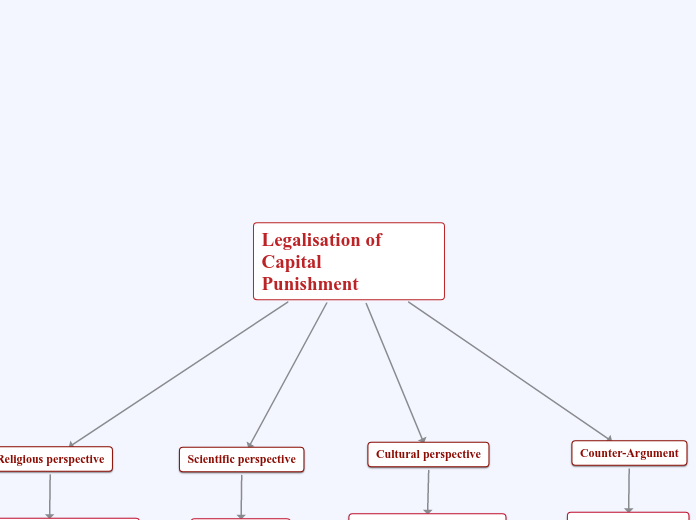Curriculum for Arts
Role of CLIL
Teaching with especific vocabulary
Engage the students' skills
Study the cultures
Methods
Role-playing method
Improve the interaction of each student
Focused on the interest of learning
Application for social life
Inquiry-based Method
Improves creativity
Urges to ask questions
You can experiment with different ideas
Considerations
Considerations for English Language Learners
Arts teaching has a strong influence
The students can learn about other cultures
They can learn about the art trough the literature, music, dance and personal expression.
Considerations for English Teachers
It is necessary a training of the topic
Learn about the teaching tools
Meet your group of students
The curriculum
has four strands
with their elements
Students can develop creative, analytical,
critical thinking, and communication skills
Drama
Dance
Music
Visual Arts
Importance of Learning Arts
If the curriculum of art is integrated, the students can develop their knoledge in other subjects
Developing cretivity
Communicating
Understanding
culture
Making
Connections
Focus on cognitive exploration activities
Links can be established with:
Humanities
Social Sciences
Physical Sciences
History









